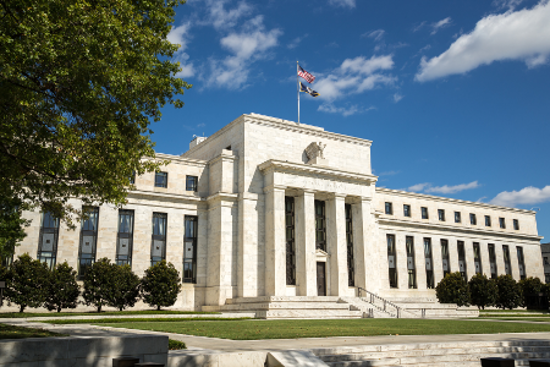The Fed and China

By Ricardo Rivera Chévez December, 21 2015
Translated from Spanish by Katarina Hall
The Federal Reserve raised interest rates by one quarter of a percentage point last week, the greatest increase in almost a decade. The increase did not take the markets by surprise, as it was already expected to happen following the small crisis in the Chinese stock market. There is fear and anxiety about how increased interest rates could impact the world’s second largest economy. The Fed’s last increase in interest rates, under Ben Bernanke in 2004, occurred when China was still the world’s fifth or sixth largest economy. However, China now has a leading role and is prepared to live up to it.
When the Fed lowers interest rates it creates bubbles in emerging markets, which feed on the reallocation of resources guided by deceptive utility expectations. With the increase of interest rates, time intensive investments and capital become a greater risk because they need longer maturity periods and the utility promises diminish, often times disappearing altogether. China’s situation could become serious because companies that loaned large sums in American dollars will have to face higher payments.
However, the PBC has arranged a stable and systematic devaluation of the yuan, as indicated in UFM Market Trend’s second China report. The report examines how the increase of gold reserves, China’s effort to enter the IMF’s currency basket, and this year’s devaluation were done in anticipation of the Fed’s increase of interest rates. The yuan is probably still being overvalued, and risk is still inherent. Yet if the Chinese authorities had handled the situation carelessly, a crisis would have surely arisen.
There is no doubt the PBC is walking on the edge of the jian.[1] On one hand it should maintain its financial openness and transparency, which earned China’s place in the IMF’s currency basket and further allowed it to develop a greater market determination for the value of the renminbi. Yet, at the same time it should avoid the fall of a currency that is overvalued,[2] which could unchain an exodus of capital.
[1] The jian sword (in Chinese: 劍) a straight blade weapon par excellence of the Chinese people. This moderately long, double-edged straight sword has been used since the second century B.C. The jian are generally one-handed, but there are also larger two-handed versions. It is one of the four major weapons of Chinese Martial Arts, along with the Dao, the Qiang (spear), and the Gun (staff), and it is known as the “Gentleman of Weapons.”
[2] In 2004 the PBC pegged the renminbi to the dollar allowing no variations greater than1%, subsequently easing the variations at 2%. As a result the appreciation of the dollar in recent years pulled the renminbi along. Despite the PBC’s efforts to normalize the renminbi’s value, the currency is still overvalued.
Get our free exclusive report on our unique methodology to predict recessions
Ricardo Rivera
Ricardo studied law at Universidad Francisco Marroquín. He is a teaching assistant at UFM’s Henry Hazlitt Center for introductory economics courses and a class on the philosophy of Hayek.
He is also a teaching assistant at UFM’s School of Economic Sciences for courses on future scenarios, ethics, and debate. At Universidad de San Carlos (USAC) he is a teaching assistant for the law and economics class in the master’s program in intellectual property. He is partner and general manager of the corporate law firm ALISA.
Get our free exclusive report on our unique methodology to predict recessions


